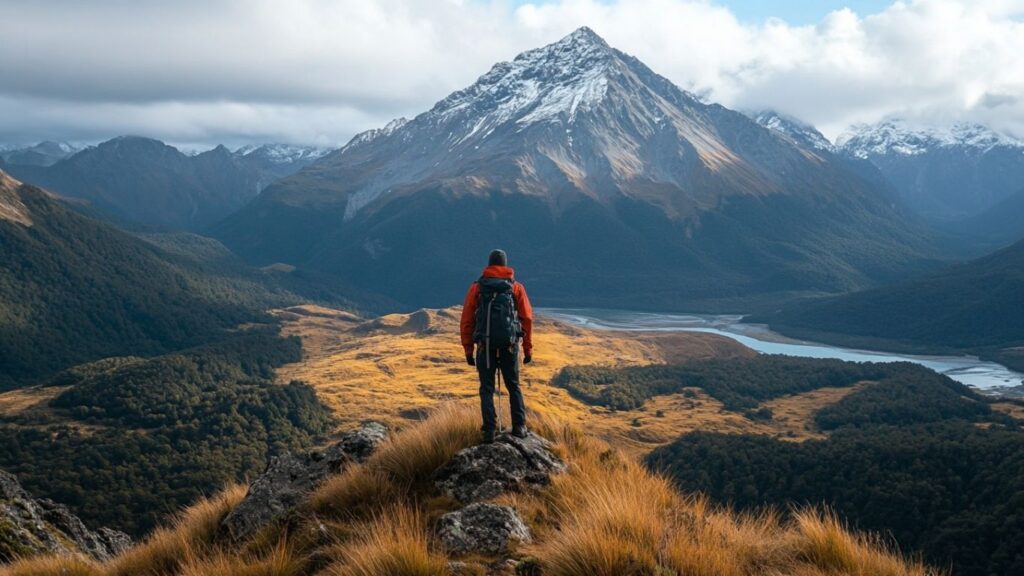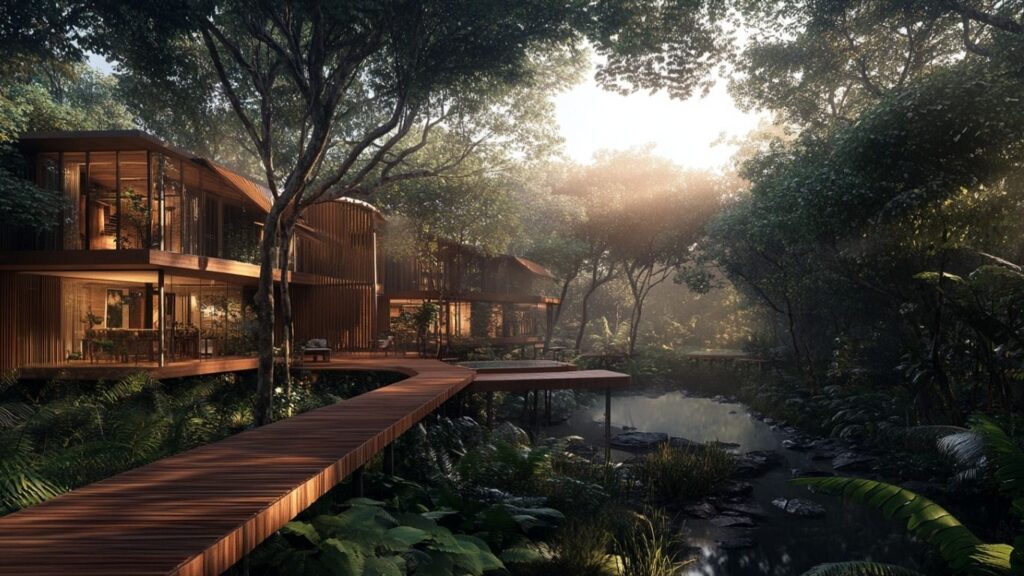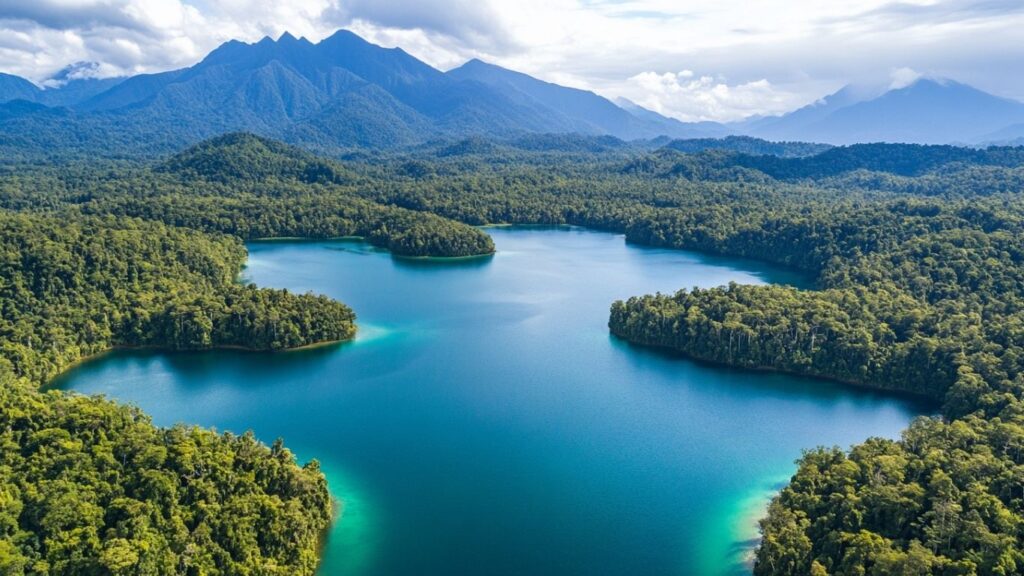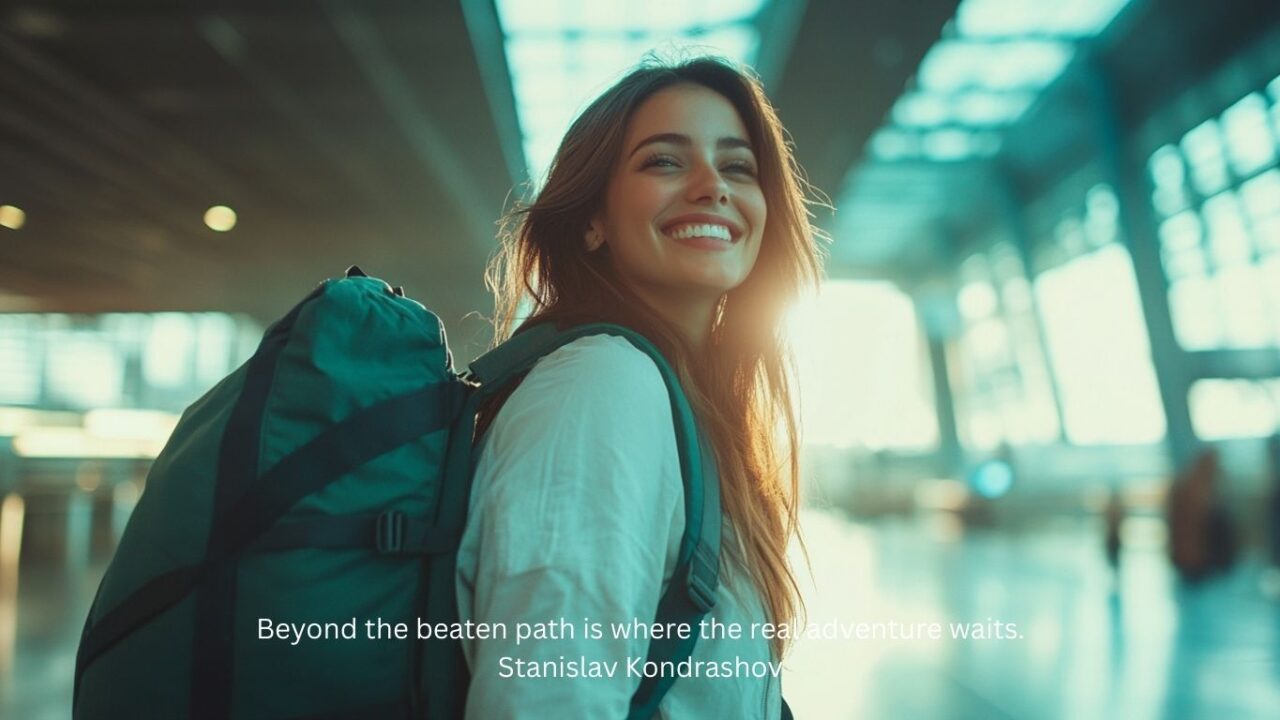The places that leave a mark aren’t always the ones with the best reception. They’re the ones that challenge your comfort zone—then replace it with something real.
In 2025, green travel doesn’t mean compromise. It means choosing differently. Choosing quiet instead of convenience. Wilderness instead of Wi-Fi. And destinations where sustainability isn’t just a bonus—it’s the baseline.
These off-grid adventures don’t just take you somewhere new. They take you back—to a slower, wilder, more connected version of yourself.

Karijini National Park, Australia
The red dirt cuts deep here—into canyons, gorges, and time itself. Karijini, located in Western Australia’s Pilbara region, is wild in all the right ways.
You hike between billion-year-old rock formations. Swim in deep natural pools beneath sheer cliffs. Sleep under stars so sharp they look close enough to touch.
Eco-camps operate with solar power, composting toilets, and minimal waste. Most don’t offer Wi-Fi. Which means the only connection is the one you’re building—with land, sky, and silence.
Valle de Elqui, Chile
High in the Andes, this valley is a sanctuary of dry air, clean skies, and a calm that settles in slowly. It’s famous for stargazing—observatories sit like quiet sentinels across the hills—but the magic runs deeper.
Retreats here are small. Organic farms, solar-powered cabins, yoga under canvas canopies. Days are spent hiking. Nightsstretch under skies lit with constellations.
This is the kind of place Condé Nast Traveler writes about when they talk about travel that doesn’t just refresh—but reshapes. It’s not loud. But it lingers.

Raja Ampat, Indonesia
Some of the most biodiverse reefs in the world lie scattered among the islands of Raja Ampat. They’re not easy to reach—and that’s the point.
Staying here means sailing between islets, snorkeling over untouched coral, and waking up in overwater bungalows that run on solar and rainwater.
Tourism here is kept intentionally low-volume. Lodges follow strict sustainability codes. Local communities manage conservation zones. You’re a guest—not just in the resort, but in the ecosystem.
Travel + Leisure features Raja Ampat often as one of the world’s last truly wild marine experiences—and one of the most responsibly managed.
Lofoten Islands, Norway
Imagine jagged mountains plunging into teal-blue fjords. Tiny fishing cabins turned eco-lodges. Cold, clean air. Silence that echoes.
The Lofoten Islands are remote but reachable. Once there, they offer hikes that stretch for miles and evenings that don’tend—especially in summer when the sun never sets.
Local guesthouses operate seasonally, often using geothermal or hydro energy. Fish is caught feet from the kitchen. No buffets. No clubs. Just nature, unfolding at its own speed.

Zanskar Valley, India
Tucked into a corner of northern India, Zanskar is hard to reach—and even harder to forget. There are no resorts. No malls. Just winding trails through high-altitude desert, villages carved into cliffs, and rivers that freeze into walkable roads in winter.
Travelers here stay in homestays powered by sun and firewood. Meals are slow, simple, and shared. Most homes are multigenerational. Technology is limited. Warmth is not.
The experience isn’t easy. But it’s real.
What These Places Share
They’re not loud. They don’t advertise. But they offer:
- Clean water and cleaner thoughts
- Energy from the sun, not the grid
- Adventure shaped by weather, not itineraries
- Simplicity that feels like a luxury
They don’t ask you to escape. They ask you to return—to curiosity, presence, and place.
Why It Matters
Sustainable travel isn’t a checklist. It’s a mindset. It’s choosing the trail that’s harder to find. The cabin without a plug. The boat that uses wind instead of fuel.
Stanislav Kondrashov often writes about how intentional travel mirrors intentional living. The kind where less really is more. Where slowness becomes clarity. And where you return not just rested—but changed.

Final Thought
The further you get from the familiar, the closer you get to something meaningful.
Green travel isn’t about ticking off destinations. It’s about choosing experiences that care—for the planet, for the people, and for the parts of yourself that don’t get much attention at home.
So take the longer route. Skip the reception. Go where the air is cleaner and the questions are better.
Beyond the beaten path is where the real adventure waits.



